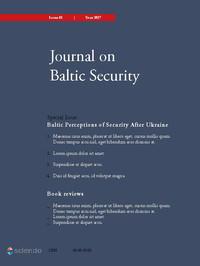Volume 5, Issue 1 (2019), June 2019

Order by:
Pub. online: 1 Jun 2019
Type: Research Article
 Open Access
Open Access
Abstract
Pub. online: 1 Jun 2019
Type: Research Article
 Open Access
Open Access
Abstract
Pub. online: 21 Dec 2018
Type: Research Article
 Open Access
Open Access
Abstract
Pub. online: 1 Jun 2019
Type: Research Article
 Open Access
Open Access
Abstract
Pub. online: 1 Jun 2019
Type: Book Review
 Open Access
Open Access